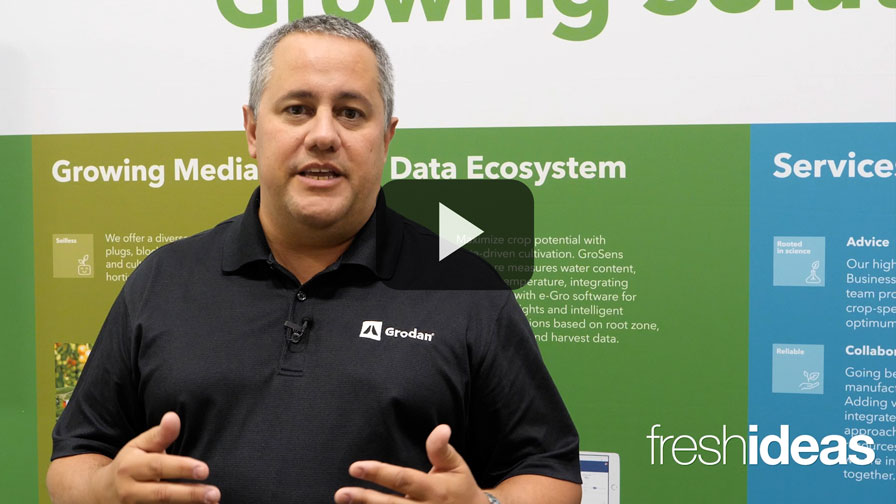Expert Advice on Choosing the Right Irrigation System
Irrigation plays a critical role in the success of plant cultivation, and choosing the right system (or the wrong one) can significantly affect plant health, water efficiency, and overall productivity.
Water is an indispensable link to delivering consistent and good product quality. As an extension of this, you also need an irrigation system that helps you deliver the quality you desire. However, there are numerous different irrigation options. How do you choose between all these systems? One irrigation system may be more prone to diseases or uneven growth than another. At the same time, an irrigation system needs to be cost-effective for your operation. It should be taken seriously to find the best system for you.
Below, the team at Erfgoed outlines different types of irrigation systems.
Drip Irrigation
Drip irrigation is an effective method of irrigating crops that involves delivering water directly to plants through a network of pipes, tubing, and individual drippers. Each plant is fitted with one or more drippers. On average, it takes 20 to 60 minutes per watering cycle and can be repeated as required by the crop.
Booms
With the use of waterbooms, the crop receives water overhead. By adjusting the travel speed and size of the nozzles, it is possible to vary the amount of watering delivered by the boom. There is good water distribution. In fact, watering can be precisely programmed; you can water where and when you want. Also, the watering of a spray boom is very even. This ensures an efficient way of working and contributes to good and consistent product quality.
During hot days, it may be hard to keep up with the demand of the plants’ water requirements, as the boom has to travel to them.
Ebb and Flood Orrigation
With this irrigation system, the plant receives water from below via the floor being flooded. Then this water either is reclaimed by draining into the subsoil with a liner or runs to a drain at the lowest point.
Capillary Mats
In this system, the substrate of the plants (i.e., the capillary mat) is saturated with water, thus watering the plants from below. With an irrigation mat, water and fertilizer are given through the mat. Over time, salts can accumulate in the mat, and an imbalance can occur in the nutrient delivery to the plant. This can be negative for plant growth and development.
There is no one-size-fits-all solution. Each system has advantages and disadvantages in certain situations. An Erfgoed webinar on July 13 will address this topic. During the webinar, attendees will:
- Gain a comprehensive understanding of different irrigation systems and their advantages
- Learn how to select the most suitable system based on plant types, growing conditions, and environmental factors
- Explore the latest technologies and innovations in irrigation for optimized plant growth
- Discover water conservation solutions and best practices for sustainable irrigation
- Have the opportunity to ask questions
“We are excited to host this webinar and provide growers with knowledge about irrigation systems,” said Cor Bremmer, Commercial Director at ErfGoed. “By understanding the different options available and their benefits, growers can enhance plant health and uniformity, conserve water resources, and ultimately improve their overall crop yield.”
To reserve your spot for the webinar, click here.









